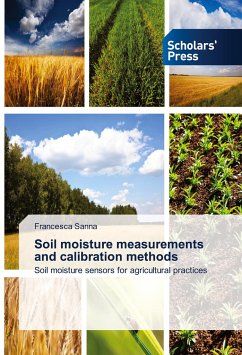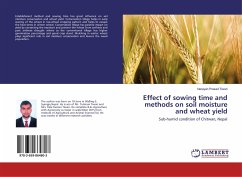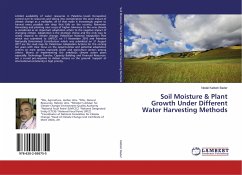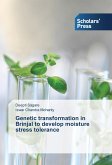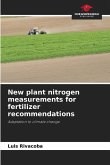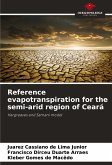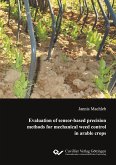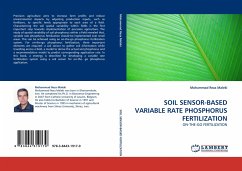Soil water content has an important role for agriculture and agricultural science. Most physical and chemical properties of soil vary with moisture content. Measurement of soil moisture is needed in every type of soil study and application of adequate and timely irrigation, depending upon the soil-moisture-plant environment, is essential in crop production. The need to improve irrigation practices is well known. Measured irrigation volumes varied as a result of changing spacing, canopy interference, overwintering structures, and inefficiencies in irrigation systems. Inefficient and excessive irrigation leads to increased runoff of water and nutrients. Best management practices have to be adopted to use water resources more sustainably. Methods are beneficial for growers concerned with reducing water use and controlling runoff. However, these irrigation practices are not based on plant water needs nor the soil moisture measurements are based on fully documentate traceable data andoften information about calibration, resolution, accuracy and uncertainty are not provided. The author would like to thanks Peng Miao researcher at NPL, UK and Andrea Merlone researcher at INRiM, Italy
Bitte wählen Sie Ihr Anliegen aus.
Rechnungen
Retourenschein anfordern
Bestellstatus
Storno

